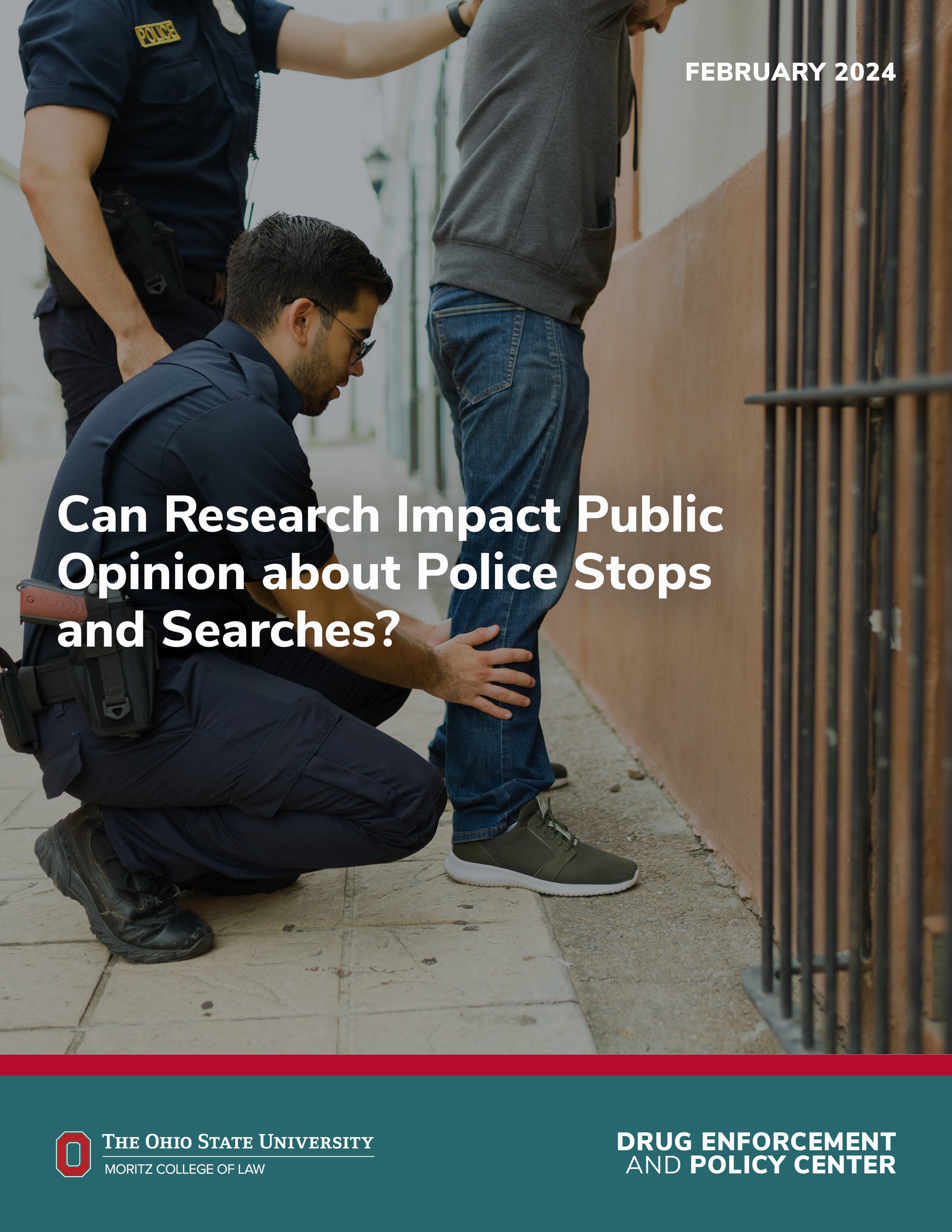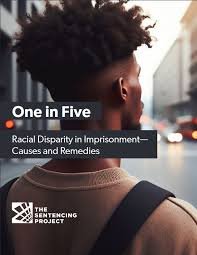By Mark Motivans
This report provides national statistics on the federal response to crime for fiscal year 2022 and some statistics on changes over time. The report describes case processing in the federal criminal justice system, including investigations by U.S. attorneys, prosecutions and declinations, convictions and acquittals, sentencing, probation and supervised release, and imprisonment. It is the 36th in an annual series based on data from BJS’s Federal Justice Statistics Program, which began in 1979.
Highlights
During fiscal year (FY) 2022, federal law enforcement agencies made 96,857 arrests, a 24% increase from the 78,068 arrests in FY 2021.
In the 26,233 Drug Enforcement Administration arrests in FY 2022, the most common type of drug involved was methamphetamine (8,083 arrests), followed by other opioids, including fentanyl (5,375 arrests).
Persons exiting federal prison in FY 2022 for nonregulatory public order offenses, including sex offenses, served more time (66 months) than persons exiting for violent offenses (56 months) or drug offenses (53 months).
The median number of days from the receipt of an investigation to the decision by a U.S. attorney to prosecute or decline a matter was 60 days in FY 2022, down from 70 days in FY 2021.
Washington, DC: U.S. Department of Justice, Office of Justice Programs, Bureau of Justice Statistics. 2023. 32p





